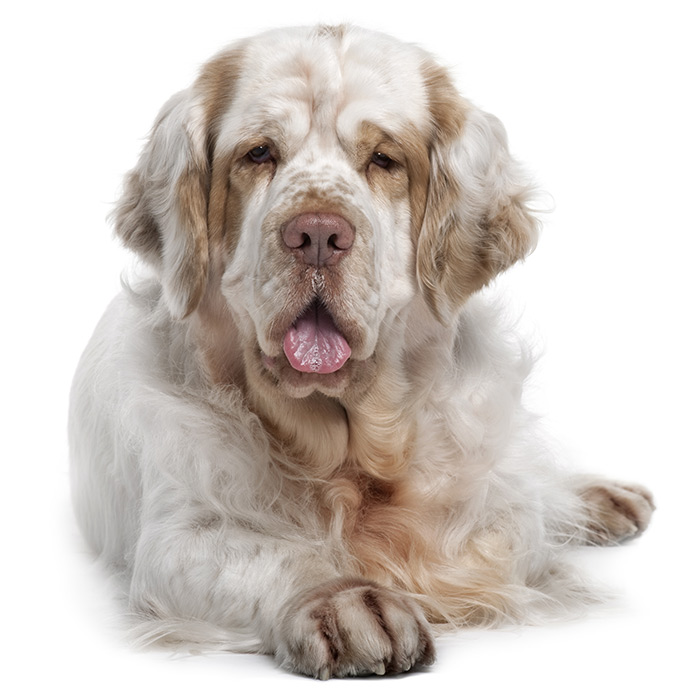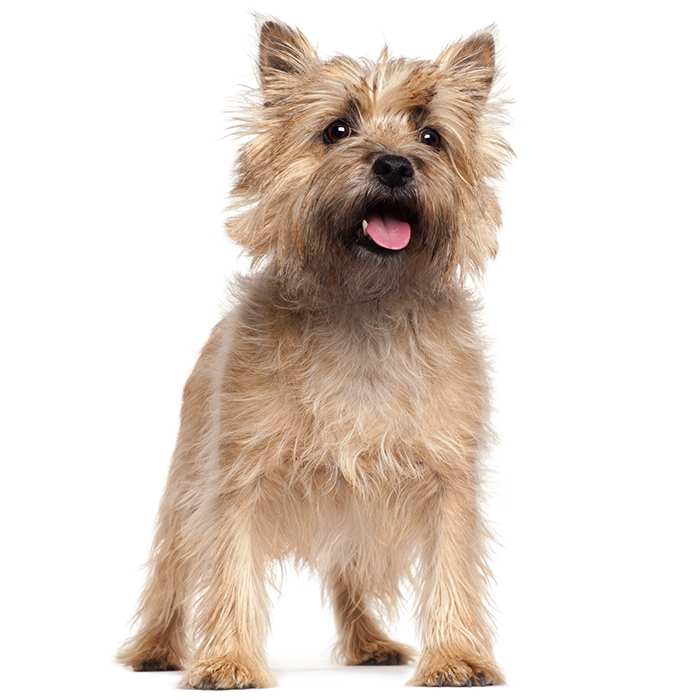Bull Arab


| Recommended for | Experienced owners, farm living |
| Breed Classification | None |
| Other names | Australian Pig Dog or Aussie Pig Dog |
| Lifespan | 12-15 years |
| Size | Large |
| Temperament | Active, independent, even-tempered, kind |
| Intelligence | Average |
| Tendency to bark | Low |
| Maintenance Level | Medium (Low for health & grooming, high for training & supervision) |
| Health Risk | This breed is in the lower risk category for developing health issues but higher risk for accidents. |
Insuring a Bull Arab?
Get award-winning cover with more benefits and up to 80% of eligible vet bills reimbursed. Find out about your cover options.
Get a quick quote
Is this breed right for you?
Try our breed selector quiz to find out your best matching breed!
Insuring a Bull Arab?
Get award-winning cover with more benefits and up to 80% of eligible vet bills reimbursed. Find out about your cover options.
Get a quick quote
Breed history of Bull Arabs
The Bull Arab originated in Australia in the 1970’s, where it is predominantly a working dog that is used to hunt feral pigs in rural areas. Although a recent breed with a short history, there is never-the-less some debate about its origins.
One of the more plausible and well accepted theories is that the Bull Arab was developed by a breeder named Mike Hodgens, who was apparently experimenting with finding a better pig and herding dog. Hodgens was looking for a large dog that had strength, speed, agility, good tracking skills, and could be relied upon during hunts.
It is generally accepted that the Bull Arab is 50% Bull Terrier, selected for its tenacity and bite strength, 25% Greyhound for speed, sight and athleticism, and 25% German Shorthaired Pointer (or possibly English Pointer) for its scenting ability, intelligence and silence whilst hunting. Interestingly, the “Arab” part of the breed’s name came about from the belief by some that instead of Greyhound, the Saluki – one of the oldest domesticated dog breeds and the royal dog of Ancient Egypt – was used.
Hodgens has not confirmed how the breed was produced; he stopped breeding it in the early 1980’s. Thereafter, other breeders stepped in and continued to enhance the breed, making it the top-rated pig-hunting dog in Australia. For example, Queensland breeder Peter Paulsen added 12.5% Bloodhound to sharpen the dog’s scent ability as well as increase its stamina and harden its foot pads; this strain is often called the “Paulsen Bull Arab”.
The main variations of the Bull Arab now include:
- The New South Wales (NSW) line, which had English Mastiff bred into them, making them larger, and their tails were docked, in order to deal with the region’s mountain pigs.
- The Queensland (QLD) line, which had Bloodhound introduced to the bloodline to have a better scent ability. A further split in the QLD variety exists between the Paulsen Bull Arabs and those known as the Fortini Bull Arabs.
- Those that remain true to the originally produced line, but these appear to be in short supply as they are thought to be inferior to the newer varieties.
As a result of the crossbreeding of multiple breeds, individual Bull Arab dogs today may have varying dominant characteristics. For instance, one dog might have predominantly inherited the speed and sight of a Greyhound while another might have the power of the Bull Terrier.
The Bull Arab is mainly found in Australia where it is still frequently used as a working dog to hunt wild pigs and other feral animals. Widely considered to be one of the best hunting breeds in Australia, its excellent tracking abilities have also been utilised for Search and Rescue missions. The breed is not at this time recognised with the Australian National Kennel Council.
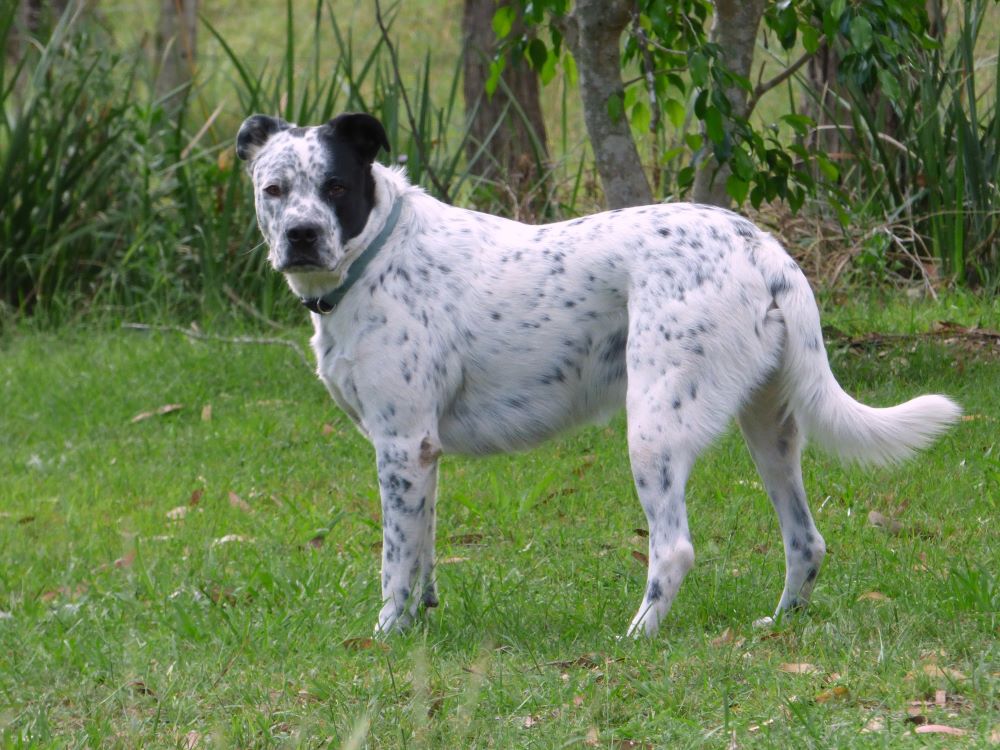
Physical description of Bull Arabs
The Bull Arab is characterised by its size, strength, stamina, athleticism and agility. Their bodies are tall, sturdy and muscular. The head and muzzle are strong and powerful. They have strong hind legs designed for long bursts of fast running, as well as digging in when they get a hold of their prey.
Most Bull Arabs’ coats are predominantly white or cream with darker patches, but they may also be liver, black, red, buckskin, blue, silver, tan and brindle. Liver-coloured Bull Arabs are highly desirable; these almost always have a liver or red nose.
Their eye colour depends on their coat colour. Some lines have docked tails; if not, the tail is long, tapering to a fine point.
| Weight range | 32 to 42 kg |
| Height range | Male 63 to 69 cm, female 61 to 66 cm |
| Colours | White, cream, liver, black, red, buckskin, blue, silver, tan and brindle |
| Coat length | Short |
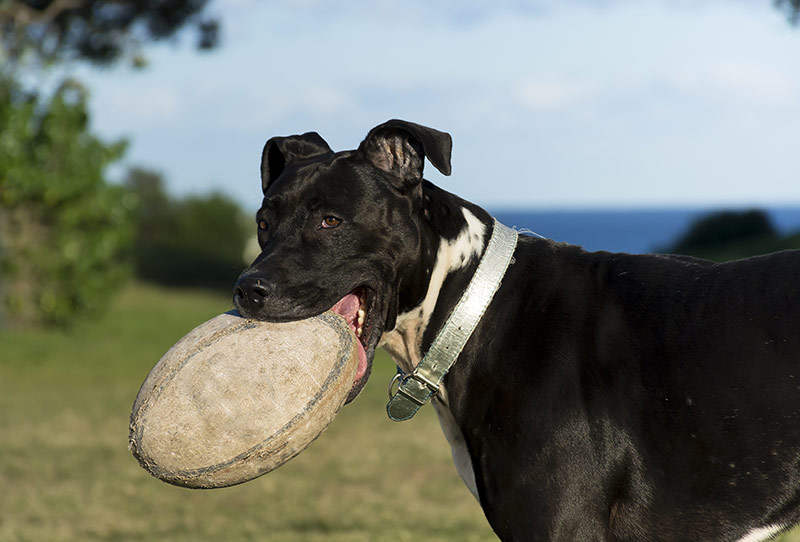
Bull Arab personality and temperament
Bull Arabs are a versatile breed, making excellent watch dogs with enduring stamina and desire to play. They like to perform tasks independently and have a busy character but can also be bad-tempered, dominant, stubborn, and overly confident.
If they are well trained and socialised, Bull Arabs are very kind, loyal and obedient companions and excellent family pets. Despite their drive to hunt, they are remarkably even-tempered and calm – when they are not on the trail of wild boars or wandering sheep – and they can be trained to remain relatively restrained around other animals.
When kept indoors or confined to an average-size yard, these dogs tend to be somewhat laid-back and inactive, which can lead to an accumulation of pent-up energy. This may manifest in destructive behaviours such as chewing, whining, excessive barking and even destruction of property.
Several attacks on people in several states of Australia have been allegedly attributed to the breed. Therefore, when around strangers, both of the human kind and other animals, a Bull Arab should always be strictly supervised, and it is recommended to always leash or properly secure the breed when outdoors.
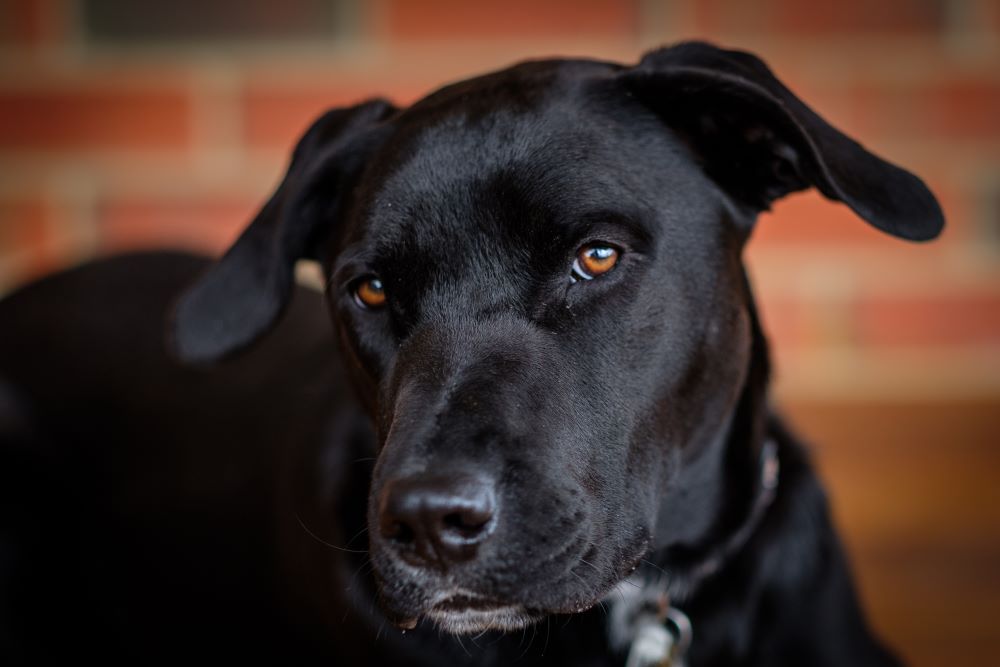
Bull Arabs with kids and other pets
Bull Arabs are friendly towards familiar adults and children. Unlike many other breeds of hunting dog, they are generally regarded as a suitable breed for families and are known to be playful and affectionate around children. Smaller children can be easily injured if a dog as large as a Bull Arab gets a little too excited during playtime.
It is easier to manage a Bull Arab when there are no other pets in the home and no wild animals in the vicinity. Because of their strong hunting instincts, Bull Arabs tend to chase both smaller and larger animals and livestock and can attack and even kill sheep or other medium-sized animals. They also tend to dominate other dogs. On the other hand, many Bull Arabs get on fine with other dogs and cats, if socialised well together from a young age.

Bull Arab training and exercise
The Bull Arab is a very active and energetic working breed designed for an active lifestyle, and daily outdoor exercise such as a long walk is essential.
The breed is head-strong, bold and overly confident, so training is essential to keep them out of trouble and owners will need to expend time and resources to maintain and monitor their behaviour. Bull Arabs have a strong instinct to hunt and without early training they will pose a danger to other animals including neighbourhood pets and strangers.
Bull Arabs are best suited to assertive, confident and experienced owners; they are not suitable pets for first-time dog owners. Continued and targeted socialisation and obedience training from an early age are vital to keep their potential aggression in check. In the hands of expert dog trainers, they can be top-notch search-and-rescue dogs.
| Energy level | High |
| Exercise requirements | High |
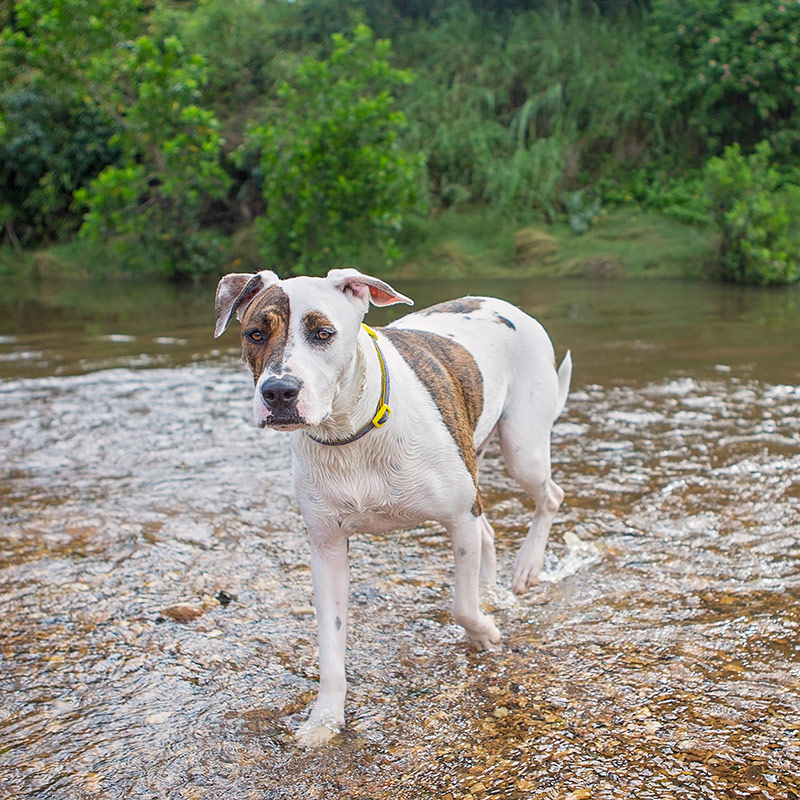
Bull Arab feeding and nutrition
The Bull Arab should do well on a high-quality dog food that is appropriate for its age (puppy, adult, or senior), size and activity level. An ideal Bull Arab diet should be formulated for a large breed with high energy.
They can become overweight if they are overfed and/or under-exercised, so it’s important to stick to a regular feeding schedule and to monitor their weight and calorie consumption. Avoid leaving food out throughout the day, feeding table scraps or overindulging them with treats.
Check with your vet if you have any concerns about your dog’s weight or diet.
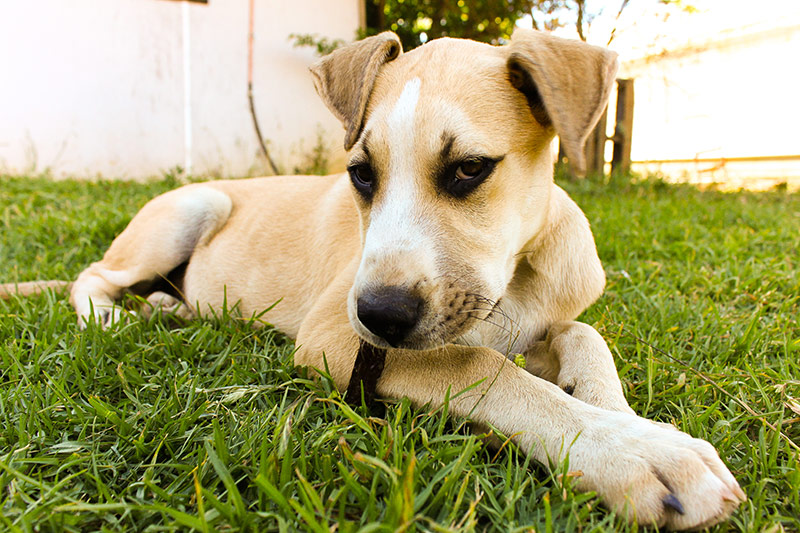
Bull Arab care and grooming
The Bull Arab’s short, soft and smooth double-coat is low-maintenance, well-suited to the high temperatures of the Australian outback, and resistant to many of the bugs and parasites that are found there.
They are average shedders, requiring weekly brushing with a firm bristle brush, and bathing is only required when necessary, making them low maintenance in the grooming department.
Health issues for Bull Arabs
The Bull Arab is regarded as a healthy breed, and generally requires only routine vaccinations and check-ups to maintain optimal health. Having originated from a combination of three or more dog breeds, the Bull Arab has a large gene pool; therefore, the breed typically experiences very few genetic conditions. However, Bull Arabs may suffer from a few health problems, such as:
- Epilepsy is a general term for neurological disorders that bring on sudden and repeated seizures or ‘fits’ – abnormal, uncontrolled burst of electrical activity in the brain. Epilepsy is characterised by a pattern of repeated seizures over time, often occurring during rest or sleep, either at night or early morning. Most seizures last between 5 and 60 seconds but some may be as long as several minutes. They can occur with or without a loss of consciousness. In most cases, epilepsy in dogs cannot be cured. The ultimate goal of treatment is to maintain a seizure-free status without causing intolerable side effects.

- Primary lens luxation (PLL) is a disorder that is characterised by weakening or breaking of the supportive ligaments of the lens of the eye, causing the lens to dislocate from its normal position. This disorder is very painful for the dog and, depending on the movement of the lens, it can cause blindness. This disorder usually occurs in dogs 3 to 6 years old. For those affected, 6 monthly veterinary check-ups are needed to evaluate and monitor their eye condition. Weakness of the lens ligaments is known to be hereditary in the terrier breeds (the Bull Arab is 50% Bull Terrier in origin).
- Cataracts are an opacity or cloudiness in the lenses of the eye, which can be complete or partial. Dogs with more than 60 percent opacity in their lens can have partial blindness or complete loss of vision. Cataracts usually occur in both eyes, with the condition being more common in dogs than in any other species. Cataracts are progressive and if not treated, can result in blindness. The most suitable mode of treatment is early surgery.
- Cryptorchidism is a condition in which one or both of the dog’s testicles fail to descend to the scrotum and are retained in the abdomen or the inguinal region. The descent of the dog’s testicles to the scrotum usually occurs by two months of age and should be confirmed by your vet during the first puppy examination. If left untreated, the disorder can cause testicular torsion, a painful and complicated condition, and can also lead to testicular cancer. Neutering and removal of the retained testicle(s) are recommended as soon as possible.
- Bloat occurs when a dog’s stomach fills with gas, food, or fluid, making it expand. The stomach puts pressure on other organs. It can cause dangerous problems, including respiratory problems and lack of blood flow to the heart and stomach lining. Additionally, the pressure can lead to a rupture. Symptoms of bloat may include an enlarged stomach, drooling, walking around, panting, and pained sounds. Excessive drinking, overeating, or exercising your dog immediately after a meal worsen the condition. Also known as gastric dilatation-volvulus (GDV) complex, bloat is a medical and surgical emergency. Even in the mildest cases, which is extremely rare, dogs die without treatment.
Not all conditions are covered by Pet Insurance. For details of Bow Wow Meow Pet Insurance cover, refer to the Product Disclosure Statement.
Free engraved pet ID tag on sign up3
Customer Satisfaction
21 day cooling off
Easy to use Pet Portal

GapOnly® in vet claims
MORE INFORMATION:
Bull Arab Rescue: https://www.bullarabrescue.com.au/

